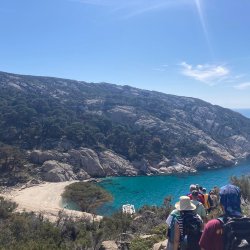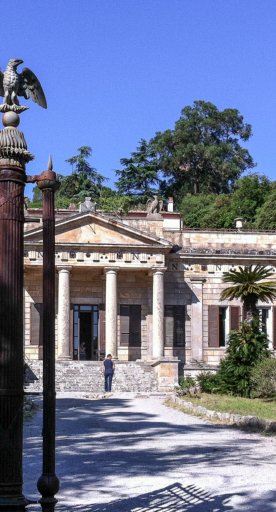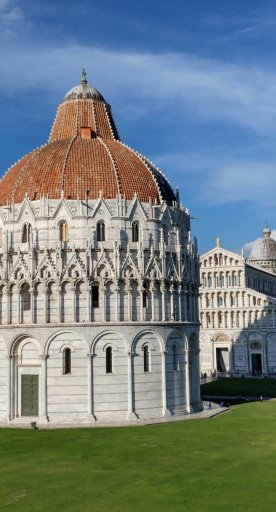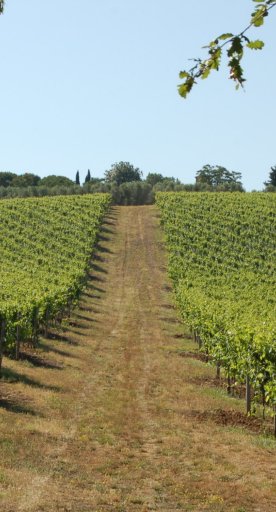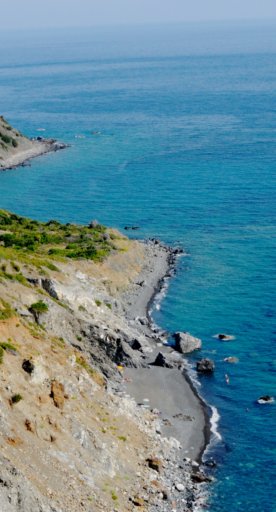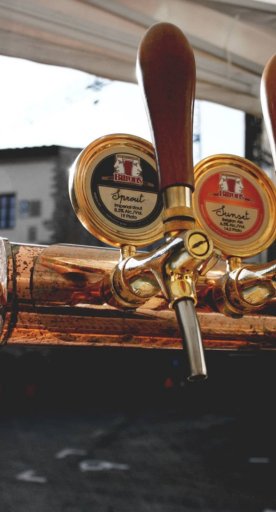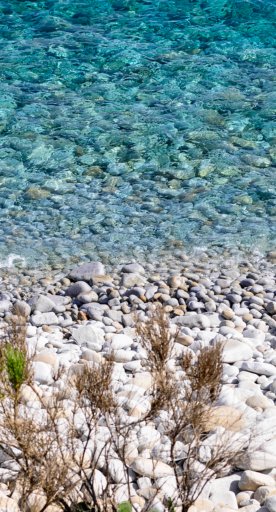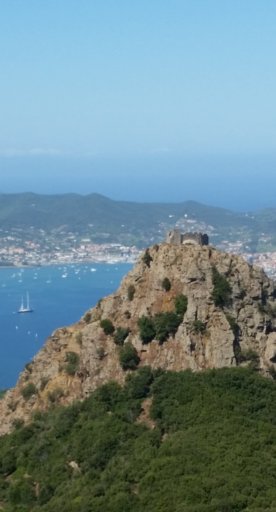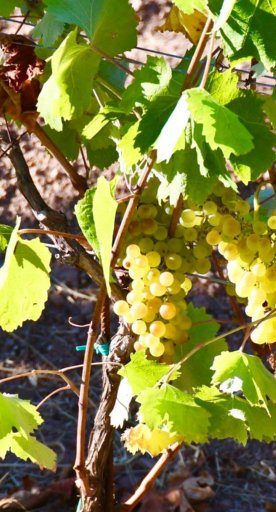

Scuba diving near Campo nell'Elba
Explore the shipwrecks, shallows and reefs off the Tuscan islands
Elba Island is a Tuscan treasure that can be enjoyed year round. Sea lovers will be spoilt for choice among the dozens of beaches and coves for a vacation that’s all about natural beauty and bathing. Elba offers a variety of underwater sports aimed at seeing the island from a different point of view.
A few minutes from Campo nell'Elba beach, without the need for a boat, active holidaymakers can explore shallows and reefs to get up close and personal with the real side of the sea. You’ll be surprised by the plants and fish as you “fin” your way among shipwrecks from the past, which are now home to teeming sealife.
Here are a few places where you can go scuba diving:
-
1.Pomonte shipwreck
-
2.Fetovaia shallows
-
3.Capo Fonza shallows
-
4.Corbella rocks
Pomonte shipwreck

The dive starts from the small beach of Pomonte. After reaching the nearby rock of Ogliera, to the left lies the Elviscot shipwreck 12 meters deep. The ship sank in 1972 after a violent sea storm pushed against the coastal rocks.
The shipwreck’s bow has been deteriorated by the tides, while the stern is still in a good condition. Among the iron sheets there are conger eels, white breams and octopi, while sunbeams through the portholes create unusual effects, perfect for taking photos. The exploration of the Elviscot is an easy dive thanks to the moderate depth that brings brightness and transparency to the site. It is a splendid dive, suitable for divers of any level, even for those who have just started to learn.
Fetovaia shallows

The Fetovaia shallows is situated on the southern side of the island, near the cape bearing the same name. Its summit lies 12 meters deep and can usually be spotted from the surface when the sea is calm. Beyond a flat area on the southern side with a sandy and rocky seabed, starts a dramatic drop vanishing into the deep blue sea.
While swimming slowly along the cliff, the diver will see holes and breaches that are the perfect hide-out for octopuses, conger eels and scorpion fish. At a depth of 30 meters, the route veers eastward, descending to 40 meters. Here the cliff continues towards the open sea, completely covered by sponges that show off their deep red colour when illuminated by flashlight. This offshoot of the cliff continues to descend even deeper and it is therefore advisable to be particularly careful in checking air consumption in order to make a safe ascent.
Capo Fonza shallows

These shallows, near Capo Fonza, is one of the most popular dive sites off the island. The shallows are easily located from the surface since their summit reaches 3 metres under sea level. The dive begins by following the steep wall reaching a depth of 40 metres towards the open sea.
At the base, the various clefts and small caves house lobsters, white beams and moray eels, while you might see the pretty branches of red coral by carefully looking inside the more protected fractures. The current may make the descent difficult but contributes to the richness of the seabed. The side of the shallows towards the promontory of Capo Fonza is less steep, with big rocks on which there are colonies of yellow Parazoanthus, false corals and the delicate laces of sea roses. In the sandy areas, between the rocks, you’ll sometimes find the great valves of the Pinna nobilis.
Corbella rocks

Not far from the promontory that separates the Gulf of Lacona from the Gulf of Stella, there is a group of emerging rocks from which the large stack of rocks named "Corbella" surface, which also gives the name to the surrounding rocky area.
The most spectacular area faces Capoliveri (east): at a depth of 15 meters the seabed is a rocky maze of holes, clefts and wide channels. Towards the southeast, the seabed morphology becomes steeper and reaches 35 meters. The area facing the coast has a shallower seabed, with rockslides and sand, the ideal environment for a varied fauna: salpas swim peacefully among the algae and there are chromis chromis, scorpion fish, octopuses and anemones sheltering small crabs. In the open sea, dentices and amberjacks often swim here in the spring.
